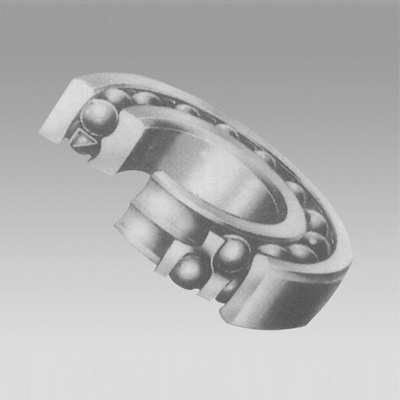
10 月 . 22, 2024 07:28 Back to list
Understanding the Function of Thrust Bearings in Mechanical Systems
The Purpose of a Thrust Bearing
Thrust bearings play a crucial role in the functioning of various machinery, particularly in applications where axial loads are present. Unlike traditional radial bearings, which support loads perpendicular to the shaft, thrust bearings are specifically designed to support axial (or longitudinal) loads, effectively helping to maintain the alignment and stability of rotating components. This article explores the purpose of thrust bearings, their types, applications, and the advantages they offer.
Understanding Thrust Bearings
Thrust bearings consist of two primary elements a rotating component and a stationary component, both of which are designed with surfaces that can handle axial forces. These components allow for relative motion between parts while minimizing friction, thus enabling smooth operation. The axial load exerted on thrust bearings is typically due to forces acting along the axis of the shaft, such as those found in gearboxes, turbines, and various types of pumps.
Types of Thrust Bearings
There are several types of thrust bearings, each tailored to different applications and load conditions
1. Ball Thrust Bearings These utilize balls that roll between grooved races, allowing them to carry axial loads. They are ideal for applications with lower load capacities and moderate speeds.
2. Roller Thrust Bearings Featuring cylindrical rollers instead of balls, these bearings can support heavier loads compared to ball thrust bearings. They are commonly employed in heavy-duty machinery.
3. Magnetic Thrust Bearings These innovative bearings use magnetic fields to support loads without physical contact, reducing wear and increasing lifespan. They are particularly useful in high-speed applications.
4. Fluid Thrust Bearings These rely on a thin film of fluid to support the load, offering low friction and high performance. They are often found in applications like marine systems and large turbines.
Applications of Thrust Bearings
Thrust bearings are employed in a myriad of industries due to their ability to efficiently manage axial loads. Some common applications include
what is the purpose of a thrust bearing

- Automotive Engineering In cars, thrust bearings are used in transmission systems and for supporting the crankshaft in engine assemblies. They ensure smooth operation and help prevent expensive damages.
- Aerospace Technology In aircraft engines, thrust bearings support turbine components and play a critical role in the overall efficiency and safety of the system
.- Industrial Equipment Many heavy machinery applications, such as in mills, compressors, and conveyors, utilize thrust bearings for reliable performance under high loads.
- Marine Applications Thrust bearings in ship propulsion systems help manage large axial forces generated by propellers, ensuring efficient and trouble-free navigation.
Advantages of Thrust Bearings
The implementation of thrust bearings offers several benefits
1. Increased Load Capacity They are specifically designed to handle axial loads, allowing for greater stability and strength in applications that experience such forces.
2. Reduced Friction Most thrust bearings are designed to operate with minimal friction, leading to reduced energy consumption and heat generation, which can prolong the lifespan of machinery.
3. Enhanced Performance By maintaining proper alignment of rotating parts, thrust bearings contribute to the smooth and efficient operation of machines, reducing downtime and maintenance costs.
4. Diverse Material Options Thrust bearings can be made from various materials—including metals, plastics, and ceramics—enabling customization based on the specific requirements of an application.
Conclusion
In summary, thrust bearings are an integral component in modern machinery, offering vital support for axial loads and contributing to overall operational efficiency. Their diverse types and applications, coupled with inherent advantages such as increased load capacity and reduced friction, make thrust bearings indispensable in many industries. Understanding their purpose and function not only aids in better machine design but also ensures optimal performance and longevity of critical components.
Latest news
-
Unlocking Efficiency with Spherical Roller Bearings
NewsOct.29,2024
-
The Ultimate Guide to Thrust Ball Bearings
NewsOct.29,2024
-
The Power of Thrust Roller Bearings: Engineered for Excellence
NewsOct.29,2024
-
The Power of Deep Groove Ball Bearings for Your Application Needs!
NewsOct.29,2024
-
The Power and Performance of Cylindrical Roller Bearings
NewsOct.29,2024
-
High-Quality Ball Bearing Manufacturing Machines
NewsOct.29,2024
